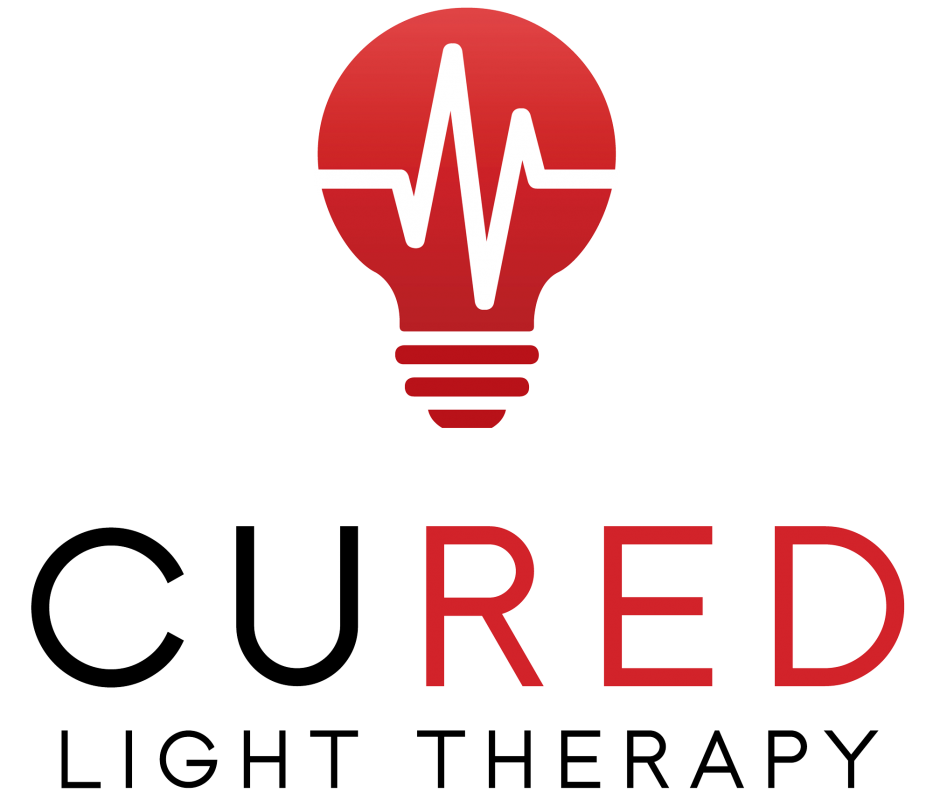Skin diseases are among the most common human health problems, affecting nearly 900 million people in the world at any given time(1). If you suffer from eczema, psoriasis, acne or other skin problems, you know how frustrating and debilitating these conditions can be and how difficult it can be to find solutions. A major reason why these skin conditions are so troublesome is because there are so many types.
There is no cure-all for this autoimmune disease, but there are treatments available that can relieve symptoms. These can range from dietary changes to home remedies to soothe the skin, medication, and light therapy. Much scientific research shows that light therapy can help alleviate certain skin conditions by improving cellular function. (2)
What causes a skin condition?
At CURED Light Therapy we believe (from our own experience) that skin conditions such as eczema, psoriasis, roscacea and acne are all related to a reaction of the body. The skin is a way for the body to remove toxins, just like sweating or going to the toilet – they are all routes for our body to remove toxins, to detoxify.
On the one hand, it’s good that those derma toxins are released, because if they instead continuously circulate through the bloodstream, they can cause damage to organs like your heart and brain. Pushing the dermatoxins through the skin is the body’s easiest way to protect its internal organs. Unfortunately, since those dermatoxins come out through the skin, the skin takes the brunt of it. The skin then becomes irritated and inflamed, and you experience the miserable symptoms of eczema, psoriasis and other skin conditions.
Specific research: red light therapy reduces symptoms of eczema.
In one of the first human trials analyzing RLT and eczema, lasting nearly a year, researchers measured how symptoms progressed with regular treatments on a diverse group of people with eczema. (3)
The researchers evaluated eczema rash before, during, and after patients tried red light therapy treatments. People were given only one 2-minute red light session per week. Even with such a short course of treatment, researchers found significant improvements in common eczema symptoms, including a reduction in:
- Goosebumps Like Bumps (Follicular Keratosis)
- Flaking skin (pityriasis)
- turning red (erythema)
- Pimples or swelling (papules)
The research team also evaluated itching levels before, during and after red light therapy and found that patients had less plucking and less leathery patches (lichenification) when treated with red light therapy.
This study also noted that there were “no side effects during or after” the RLT treatments. This is in line with hundreds of other studies and studies on red light therapy for skin and health.
For the treatment of eczema, the researchers concluded that they “believe that red light therapy could become a new effective therapy” for eczema. (3)
Consistency matters with light treatments, but in the study cited above, even rare, short treatments made a significant difference in the group of people with eczema that researchers analyzed.
What skin conditions can light therapy treat?
Light therapy was first heralded in the medical field for its ability to stimulate cell regeneration and metabolism and reduce wrinkles or other signs of aging, particularly by using red, near infrared and infrared wavelengths. In addition, skin disorders are often due to inflammation in the body. Red light therapy actively works to reduce inflammation. (10)
A 2018 study of LED light therapy (4)looked at the effects of LED light therapy on various hair and skin conditions. The general consensus was that light therapy is “the new and safest tool for treating many conditions, such as skin inflammation, aging and disorders related to hair growth.”
Acne
Acne is one of the most common conditions treated by dermatologists and other health care providers. Acne is one of the most common conditions treated by dermatologists and other health care providers. (5)
Acne is a chronic, inflamed skin condition that causes spots and pimples, especially on the face, shoulders, back, neck, chest, and upper arms.
Red light, of specific wavelength, can reduce inflammation, swelling and possible scarringwhile increasing blood circulation to promote healing. (4)
Psoriasis
Psoriasis is an autoimmune disease that causes rapid turnover of skin cells. Because skin makes new cells faster than it can shed, it develops rough or scaly, itchy, painful areas called plaques.
For now, much of the psoriasis research focuses on UV light, which unfortunately also ages the skin prematurely and can lead to skin cancer.
But research shows that red light therapy also shows promising effects in psoriasis patients. (6)
Founder Montana Engels, managed to relieve her symptoms by using red light therapy daily in combination with a healthy diet to help her body detox efficiently. read more
Your doctor may also have suggestions for combining oral or topical medications with light therapy and see what’s best for your unique symptoms. CURED Light Therapy also always recommends adoptinghealthy lifestyle changes and avoiding psoriasis triggers.
Atopic Dermatitis and Eczema
Eczema is the most common type of atopic dermatitis. It is an umbrella term for inflammation of the skin caused by the immune system. As with psoriasis, much of the research on light therapy for eczema has looked at UV light. While UV light therapy is an imperfect eczema treatment due to potential risks, red light is a phototherapy that is showing encouraging results for eczema applications in early research. The spectrum of red light penetrates to a truly therapeutic depth, with no side effects.
Rosacea
Rosacea is a common chronic inflammatory skin disease of the central facial skin that leads to abnormalities in the blood vessels in the face that can cause flushing, persistent redness and visible blood vessels. The causes of Rosacea have not been scientifically established, although there are a number of factors that are believed to contribute to and aggravate the situation (7).
Rosacea can be caused by certain food groups, spices, caffeine, temperature extremes, stress or anxiety, exercise, certain medications, artificial light, alcohol, and certain medical conditions. However, it is clear that the condition will worsen if left untreated.
Research shows that red light therapy can be an effective, better option that is less invasive and does not endanger your overall health and without the damage and pain associated with laser surgery.
How quickly you experience results will depend on your skin’s sensitivity to red light, the severity of your symptoms, and the consistency of the treatment. You can experience immediate relief from itching, redness, inflammation and pain. In a severe case of rosacea, your results may slow down as the skin heals from the inside out.
Experience: Julie B. Campbell, struggles with rosacea for 15 years. She has already tried many things from medication to natural remedies and shares her experience with her community and her blog. Julie says, “Overall, light therapy for rosacea is one of the most effective treatments I’ve ever tried. I still have some redness and I get the occasional rosacea flare-up, but much less and it doesn’t last as long. “(8)
alopecia
Alopecia, or alopecia areata, is an unpredictable and often frustrating form of hair loss. It can occur anywhere on the body, but most commonly on the scalp, causing male or female pattern baldness. In this disease, the body damages its own hair follicles, causing the hair to fall out. According to Harvard Health, some studies show that red light can help restore hair. (9)
Red light of 660 nm wavelength, as in the CURED Light Therapy panels, was found to be most effective against hair loss. In addition to blood flow, it also stimulates metabolism, which boosts hair production. Another advantage of red light therapy is that it goes below the surface of the skin. This way you also reach the hair follicles, hair matrix, hair papillae and the surrounding blood vessels. Hair growth is thus stimulated from the base. (10)
Read more about red light therapy and hair growth
Treat skin conditions with Red Light Therapy.
Skin conditions are often the result of chronic inflammation. The problem of a skin condition is rarely just the skin itself, but is often the result of inflammation, diet and other underlying problems.
Studies show that red light therapy is effective in reducing systemic inflammation(11)and thus is a powerful tool to soothe and reduce symptoms of chronic inflammation to help improve skin conditions.(4)
Red light therapy is a safe and pleasant method to make the skin healthier, smoother and more beautiful in a natural way. In addition, it can improve skin conditions such as psoriasis. CURED Light Therapy panels provide the exact wavelengths of red light used in studies.
There are people who already see and feel results after the first treatments, but most good results are achieved after 4 to 8 weeks of use. There are people who already see and feel results after the first treatments, but most good results are achieved after 4 to 8 weeks of use.
Sources:
(1) Recognition of neglected skin diseases: WHO publishes an illustrated training guide
https://www.who.int/neglected_diseases/news/WHO-publishes-pictorial-training-guide-on-neglected-skin-disease/en/
(2) Low level laser (light) therapy (LLLT) in the skin: stimulating, healing, restorative
https://www.ncbi.nlm.nih.gov/pmc/articles/PMC4126803/
(3) Clinical Application of Low Reactive Level Laser Therapy (LLLT) for Atopic Dermatitis
https://pubmed.ncbi.nlm.nih.gov/7907380/
(4) Photodynamic and photobiological effects of light-emitting diode (LED) therapy in dermatological conditions: an update
https://www.ncbi.nlm.nih.gov/pmc/articles/PMC6133043/
(5)Global Acne Market Report for 2016-2026
https://www.reportlinker.com/p05251482/Global-Acne-Market-Report-for.html
(6) A clinical assessment of phototherapy for psoriasis
https://www.ncbi.nlm.nih.gov/pmc/articles/PMC5756569/
(7) Recent Advances in Understanding and Managing Rosacea
https://www.ncbi.nlm.nih.gov/pmc/articles/PMC6281021/
(8) Why I will happily use LED light therapy for rosacea for the rest of my life.
https://www.talkhealthpartnership.com/blog/2017/01/why-ill-gladly-use-led-light-therapy-for-rosacea-for-the-rest-of-my-life/
(9) Low Level Laser (Light) Therapy (LLLT) for Hair Loss Treatment
https://www.ncbi.nlm.nih.gov/pmc/articles/PMC3944668/
(10) Low level laser (light) therapy (LLLT) in the skin: stimulating, healing, restorative
https://pubmed.ncbi.nlm.nih.gov/24049929/
(11) Chronic inflammation
https://www.ncbi.nlm.nih.gov/books/NBK493173/



